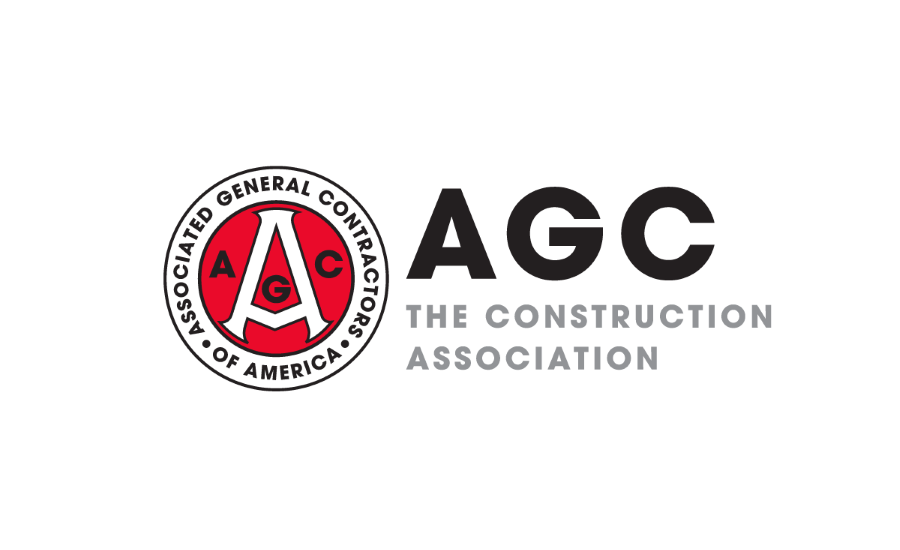Construction employment increased in 226 of 358 metro areas between July 2022 and 2023, according to an analysis by the Associated General Contractors of America of new government employment data. Association officials said demand for many types of construction remained strong in most parts of the country, but firms still have hundreds of thousands of unfilled construction positions.
“Demand for construction projects remains strong nationwide and most metros have continued to add construction jobs in the past year,” said Ken Simonson, the association’s chief economist. “But there were 378,000 unfilled job openings in construction at the end of July, which suggests that even more markets would have posted year-over-year employment increases if there were enough qualified workers to fill the openings.”
Dallas-Plano-Irving, Texas, added the most construction jobs (18,100 jobs, or 12 percent), followed by New York City (13,400 jobs, 9 percent); Portland-Vancouver-Hillsboro, Oregon-Washington (9,700 jobs, 12 percent); and Atlanta-Sandy Springs-Roswell, Georgia (6,600 jobs, 4 percent). The largest percentage gains were in Yuba City, California (13 percent, 400 jobs), and Corvallis, Oregon (13 percent, 200 jobs); followed by gains of 12 percent in Dallas-Plano-Irving; Portland-Vancouver-Hillsboro; and Clarksville, Tennessee-Kentucky (500 jobs).
Construction jobs declined over the year in 80 metro areas and were unchanged in 52 areas. The largest job loss occurred in Miami-Miami Beach-Kendall, Florida (-4,100 jobs, -8 percent), followed by Nassau County-Suffolk County, New York (-2,300 jobs, -3 percent); St. Louis (-2,100 jobs, -3 percent); and Los Angeles-Long Beach-Glendale, California (-2,100 jobs, -1 percent). The largest percentage decrease, -13 percent, occurred in Kankakee, Illinois (-200 jobs), followed by 9 percent losses in Huntington-Ashland, West Virginia-Kentucky-Ohio (-1,400 jobs); Binghamton, New York (-400 jobs); and Pittsfield, Massachusetts (-200 jobs).
Association officials said new data the association released on September 6 explores why firms are having a hard time finding enough qualified workers to hire. The workforce data is part of the annual Construction Workforce Survey by the association and Autodesk, and it is based on survey responses from over 1,400 firms across the country.
“We want to understand why firms are having trouble finding qualified workers and the consequences of those shortages,” said Stephen E. Sandherr, the association’s chief executive officer. “Our new survey results [released in September] are designed to help policymakers and the industry identify steps they can take to prepare, recruit and retain more qualified workers.”





